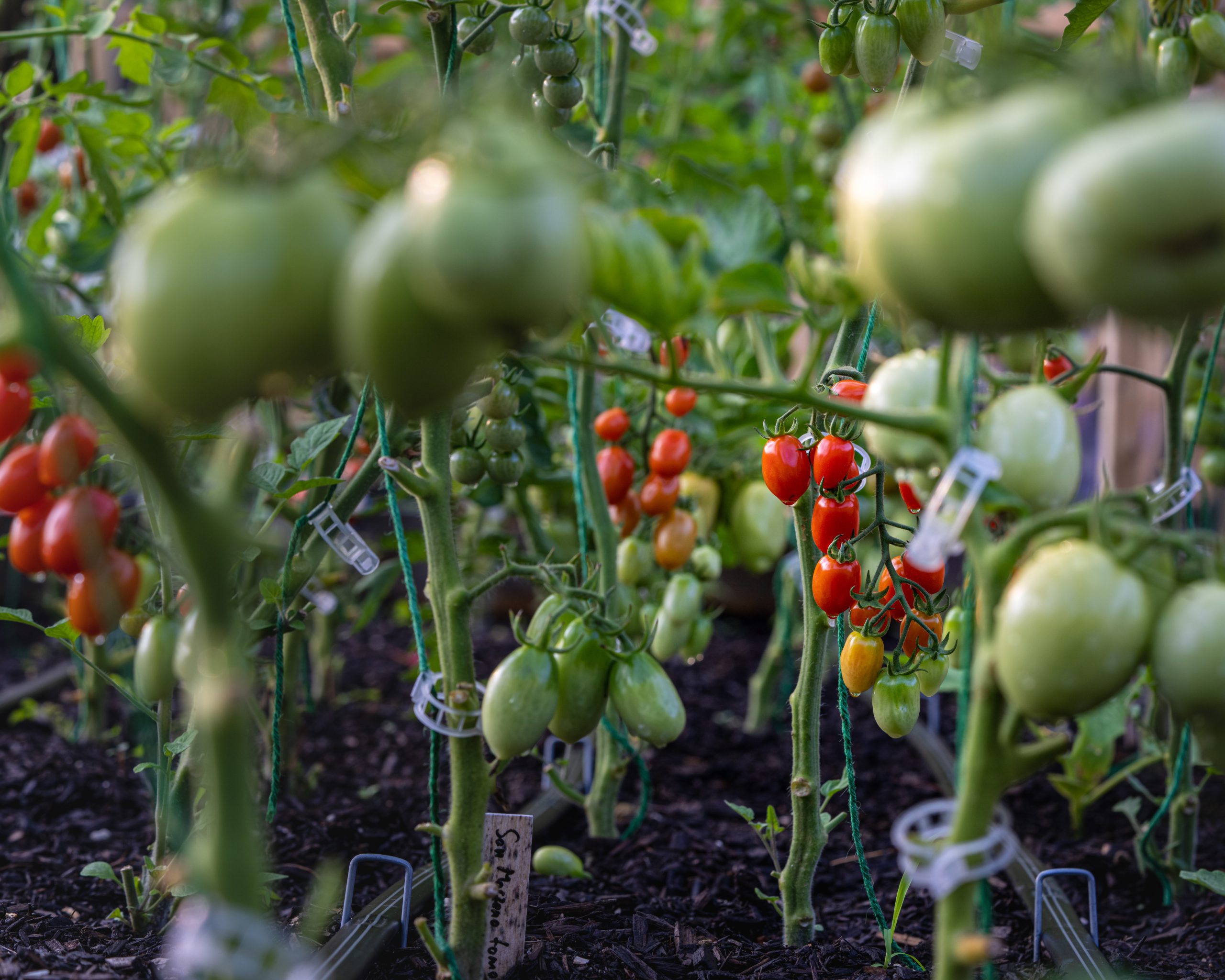Put your green thumb to the test and add a little panache to your planting season. These unusual vegetables for your summer garden will create a conversation piece in your vegetable drawer and possibly some warm fuzzies in your tummy. They’re not only delicious, but beautiful to look at and fun to grow, and some even have practical uses.
10. Luffa
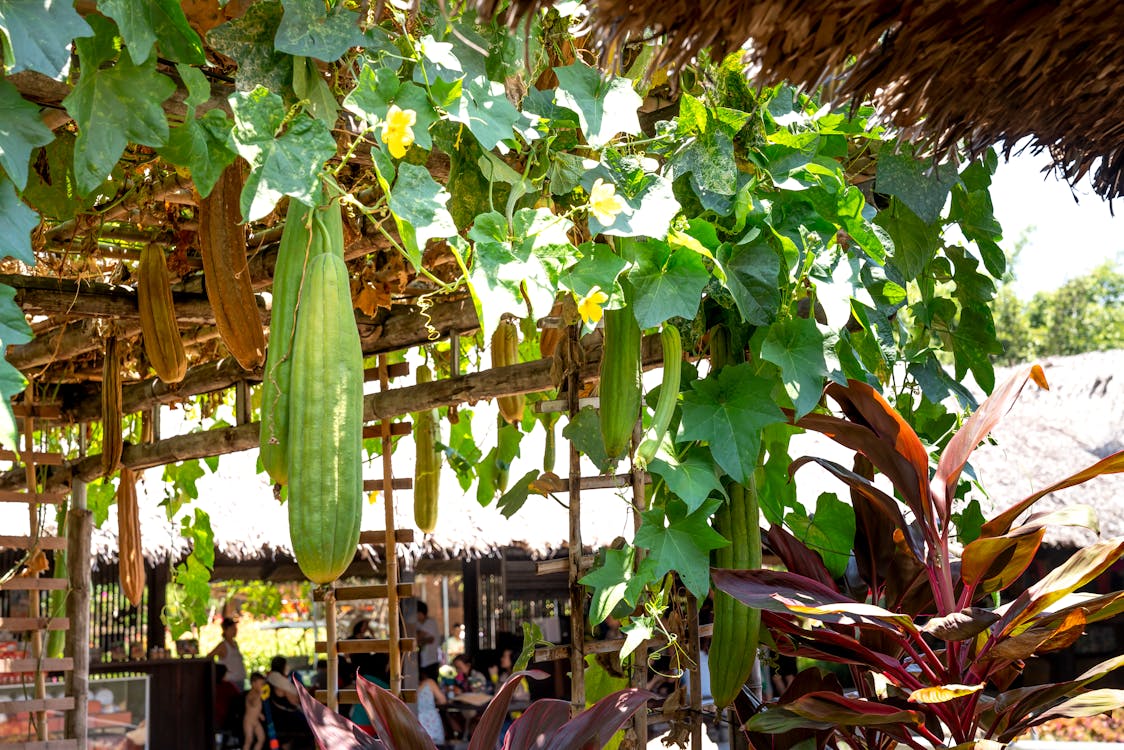
Some people aren’t aware that they can grow their own Luffa sponges and use them in the shower. It’s actually quite simple and the plants love to vine atop structures. Just plant and grow the seeds to maturity, then dry out the fruit in the sun. Once it’s yellowed, you can peel off the outer husk, shake out the seeds and you’re ready for some candles and a relaxing bath. Sure, they’re not expensive to buy, but it’s way cooler to make your own in the garden. As an added bonus, hummingbirds and butterflies love them.
9. Mizuna
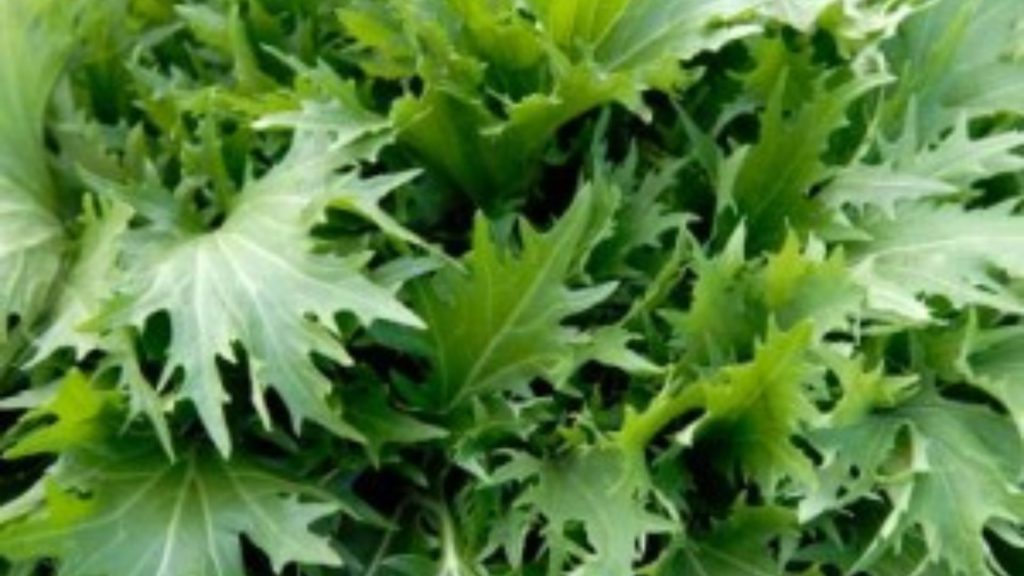
This leafy vegetable comes from the micro greens category, is great in salads, and is filled with good stuff like antioxidants, vitamin C, and iron. It’s light and leafy but can dry out easily. Be sure to look for crisp leaves that aren’t wilted. Harvest the plant when they’re still small for mild flavor.
8. Purple Carrots
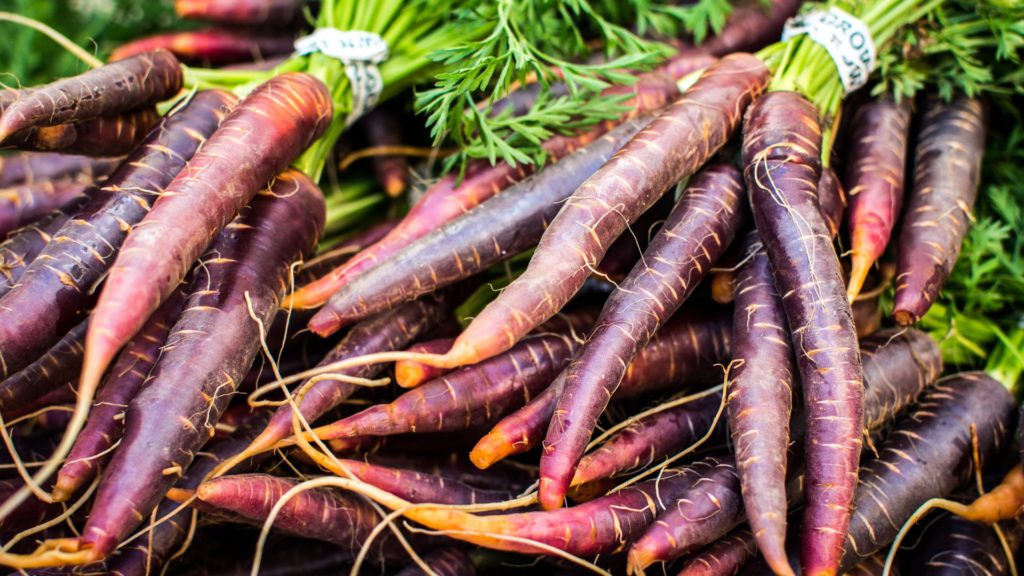
What’s up, Doc? My carrots look funny. Filled with antioxidants, carrots used to be purple before they were orange. Rich in flavor, you can cook purple carrots alongside their traditional counterparts to add a little visual variety while expanding your palate.
7. Marina di Chioggia
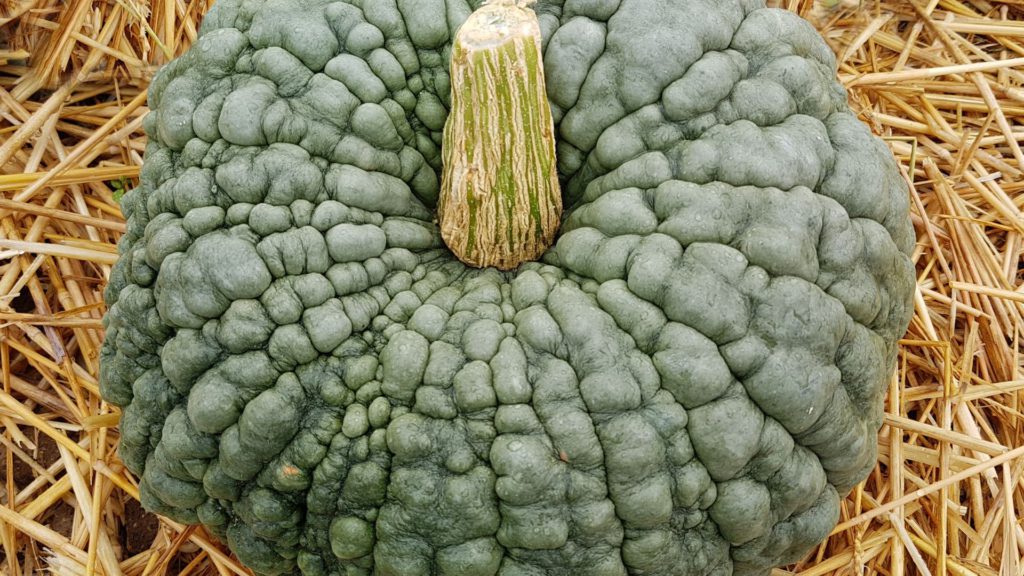
Also known as the warty pumpkin, this Italian heirloom squash is particularly good in soups and sauces. It looks sort of weird, but the flavor is sweet, is said to improve over time and it keeps rather well. Back in the day, street vendors would sell slices of it as a confection, so your sweet tooth just might love this one.
6. Gourds
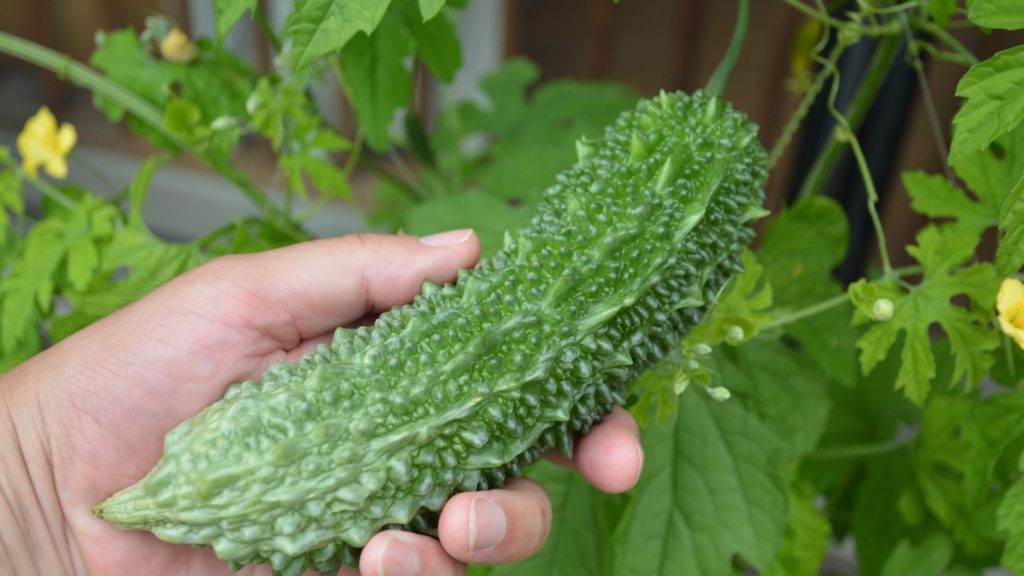
Okay, so they’re not all that unusual, but they look great in a garden and add some interesting variety. They’re also quite practical and can be dried and hollowed out for containers, or hand-carved into something crafty. Be sure to get a good mix of gourds with a variety of shapes and sizes.
5. Glass Gem Corn
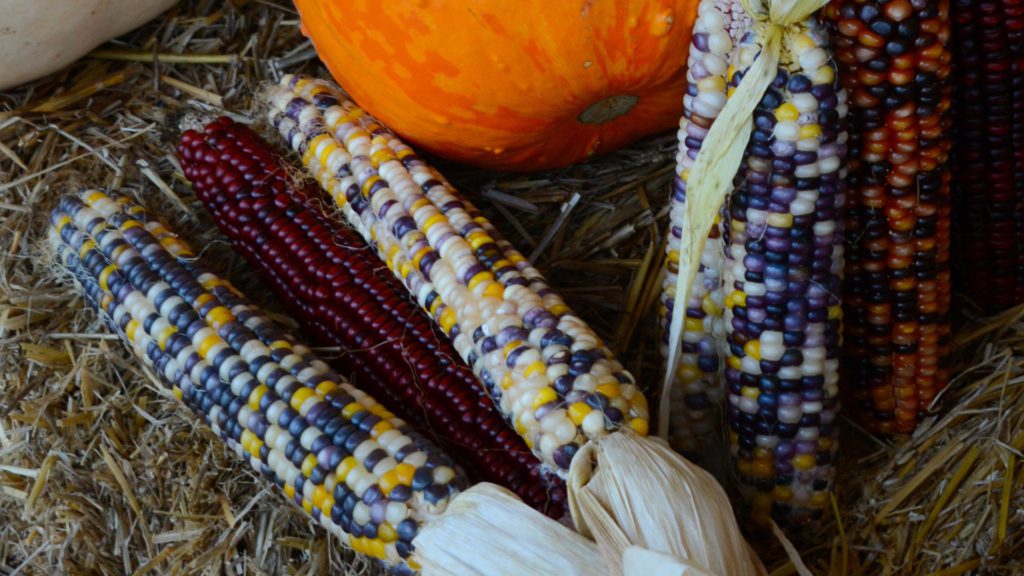
Yes, it’s true, corn isn’t just yellow, and this rainbow variety will definitely be one of the more unusual vegetables for your summer garden. With roots in Native American culture, the history of corn is actually quite diverse, particularly in Mexico and parts of South America. But we are at risk of losing this unique heritage as crops are crossed with the more traditional yellow variety.
4. Starburst Radish
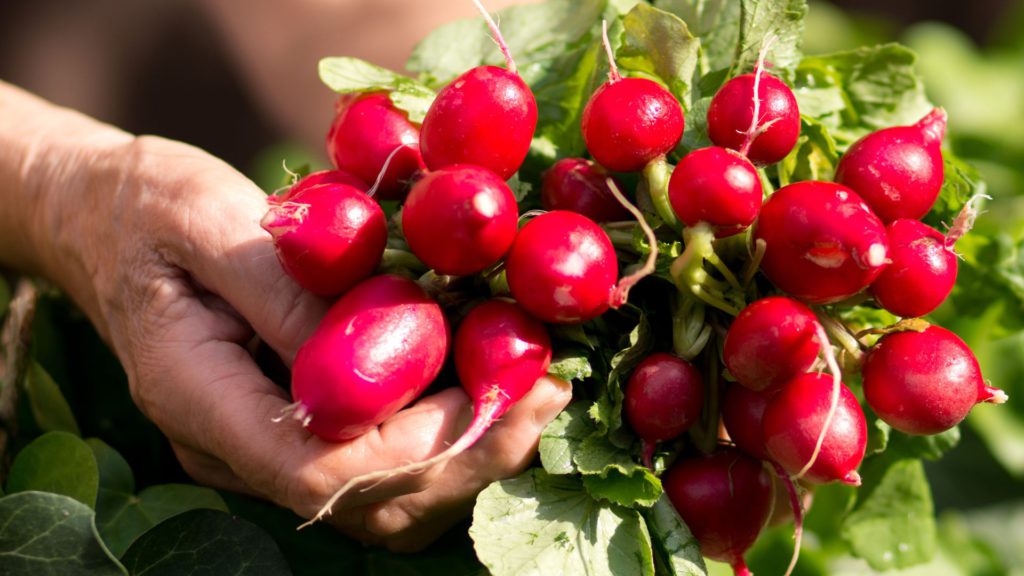
These unusual veggies sort of look like a watermelon inside. The coloring is beautiful and they’re easy to grow. The flavor is sweeter than its traditional cousin, and it responds best when planted in early spring or even the fall. This one’s a great addition to any salad or veggie plate.
3. Potato Onions
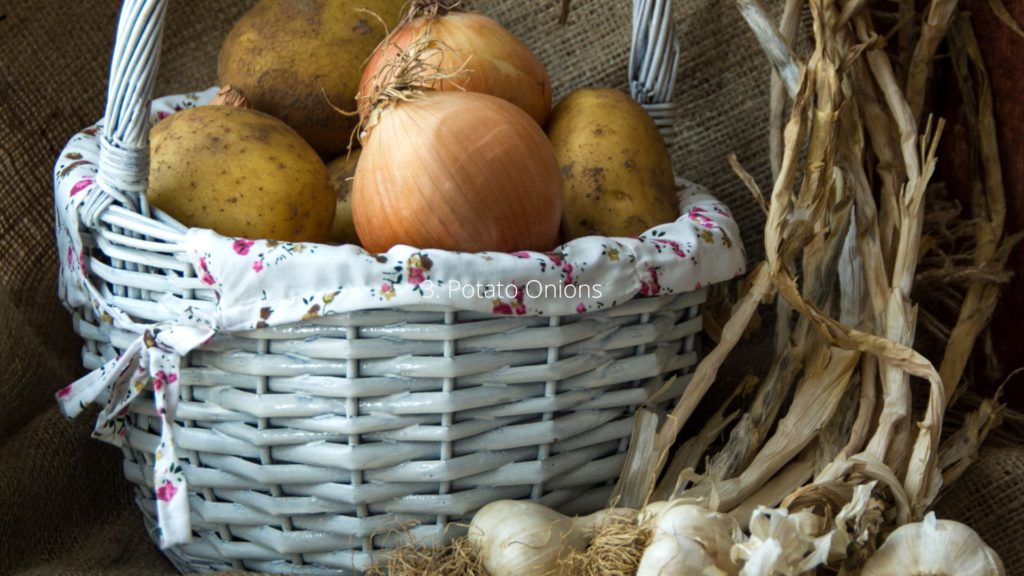
Nope, they apparently don’t taste a thing like potatoes but are named as such because of their growth pattern. They’re best planted in the summer so the crops can be harvested in the fall. Potato onions are similar to shallots and very easy to grow.
2. Crosnes
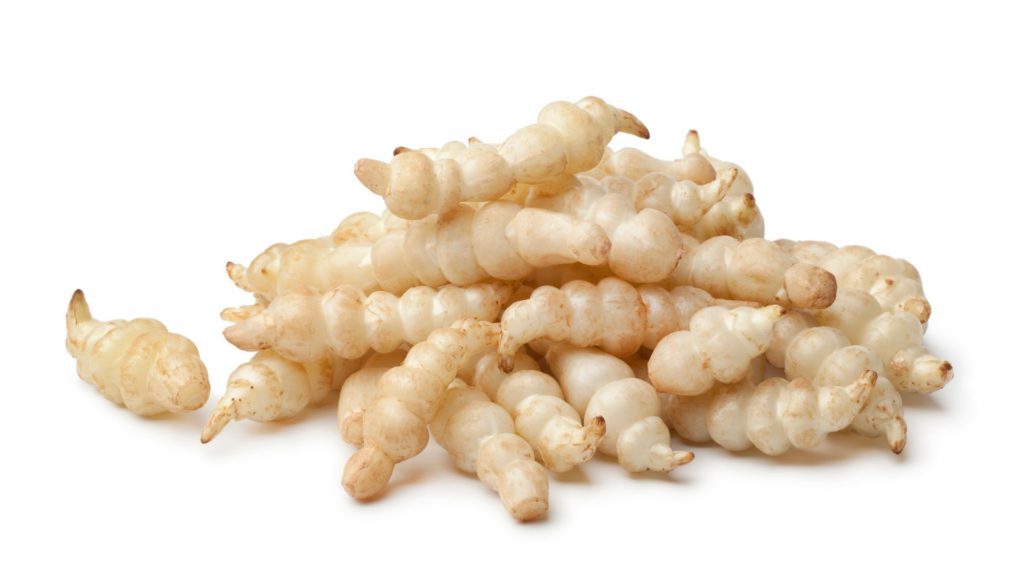
Okay, so they don’t look all that appealing, but they’re supposed to be good in salads. Also known as Chinese artichokes, the small, tubular roots are the edible part of the plant and can be sliced, grated or cooked. They’re easy to grow but tough to clean; just like regular artichokes.
1. White Star Hybrid
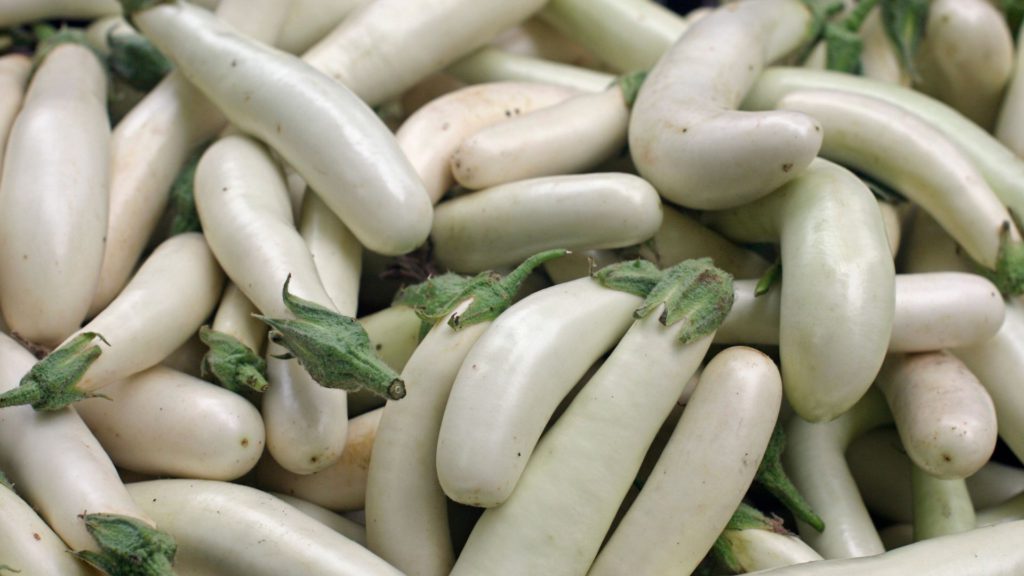
A gourmet vegetable from the eggplant family. It’s visually stunning, grows about 36 inches high, and is sweeter than its purple counterparts. They reach full maturity in two months and are low maintenance. For the best flavor, pick these unusual vegetables for your summer garden when they’re pure white and just a few inches long.
by Catalogs.com Info Guru Jay Feldman

